Space requirements in early years childcare settings in England
Introduction
This consultation seeks views on whether to introduce flexibilities to the indoor space requirements in section 3 (the safeguarding and welfare requirements) of the Early Years Foundation Stage (EYFS) statutory frameworks. In response to the November 2023 Pulse Survey of Childcare and Early Years Providers (published April 2024), one of the barriers identified by providers to expanding their childcare provision was physical space, and specifically the indoor floor space requirements set out in the EYFS.
Through this consultation we are seeking views on two potential options for amending the EYFS indoor space requirements and the potential benefits and risks for each option. The policy intent is to give early years providers more flexibility and autonomy to exercise professional judgement in the way in which they utilise their spaces to meet demand for places in their settings, according to the needs of the children they educate. We are also asking for your views on alternative ideas about how we might change the indoor space requirements, including whether we should leave the current space requirements as they are.
Currently, the EYFS frameworks set out the “indoor space requirements” with specific measurements per child by age group as follows:
The premises and equipment must be organised in a way that meets the needs of children. Providers must meet the following indoor space requirements* where indoor activity in a building(s) forms the main part of (or is integral) to the provision:
- Children under two years: 3.5 m2 per child
- Two year olds: 2.5 m2 per child
- Children aged three to five years: 2.3 m2 per child
Footnote 52 of the group and school-based provider EYFS: These judgements should be based on useable areas of the rooms used by the children, not including storage areas, thoroughfares, dedicated staff areas, cloakrooms, utility rooms, kitchens and toilets.
Paragraph 3.66 of the childminder EYFS: These judgements should be based on useable areas of the rooms used by the children, not including storage areas, thoroughfares, dedicated staff areas, cloakrooms, utility rooms, and toilets. Childminders should consider what areas within their kitchens are safely usable.
The options we are seeking your views on are whether to:
- Include free-flow outdoor space in the EYFS space requirements (without a cap)
- include free-flow outdoor space in the EYFS space requirements (but with a cap on numbers to prevent overcrowding).
Currently, outdoor areas cannot be included in the EYFS indoor space measurements where indoor activity in a building forms the main part of, or is integral to, the early years provision. As such, it is important to note that the proposals in this consultation do not relate to forest schools. As set out in the EYFS statutory framework for group and school-based providers, “Forest and other exclusively (or almost exclusively) outdoor provision is not required to meet the space standards above as long as children’s needs can be met.”
The options covered in this consultation would enable early years providers to increase the number of childcare places they can offer without increasing the size of their building and would support the early years market to meet additional demand for places following the government’s expanded entitlements offer. However, early years providers would still be required to meet the minimum staff-to-child ratios in the EYFS statutory frameworks, and it would be for individual providers to determine whether the benefits of including free flow outdoor space outweighs any additional costs (such as employing more staff to care for additional children).
The government is consulting because providers expressed a desire for these rules to be updated. If any changes are made, it is critical to maintain a safe environment for children. That is why we want to hear from as many people as possible to inform a decision on what to do next.
